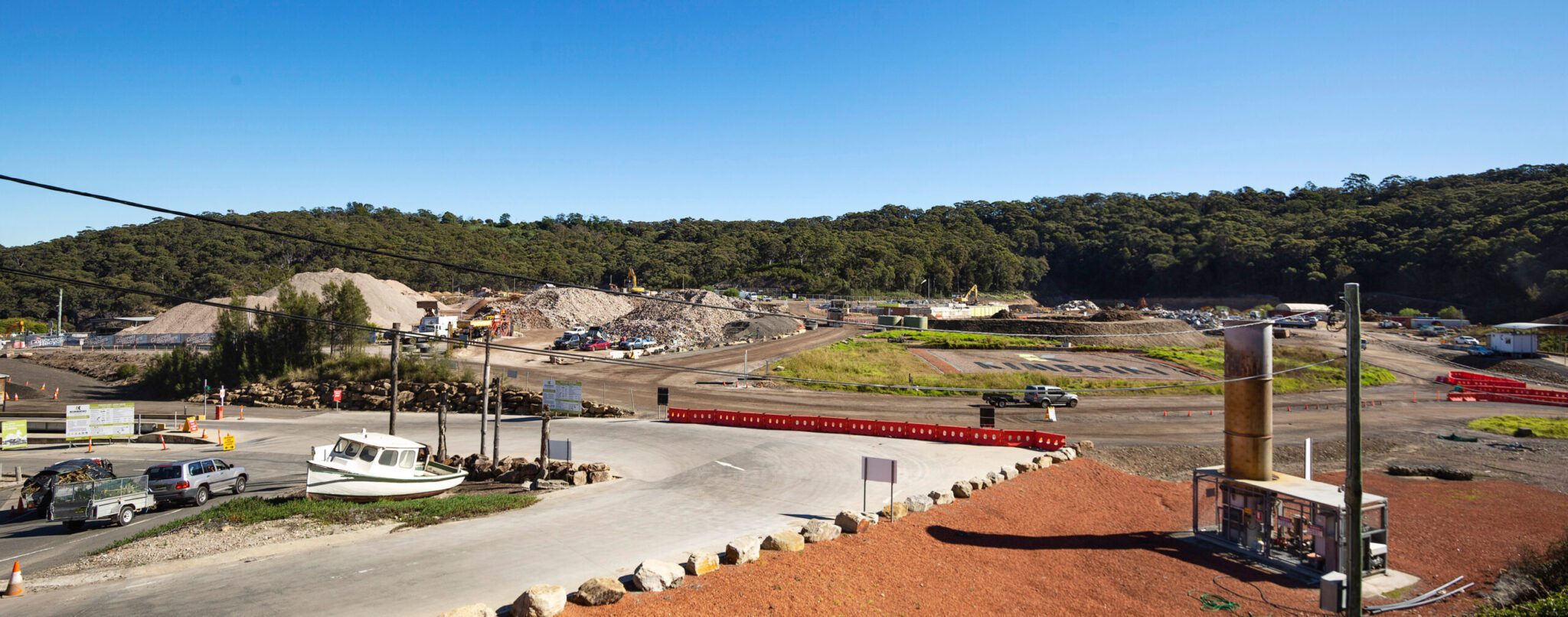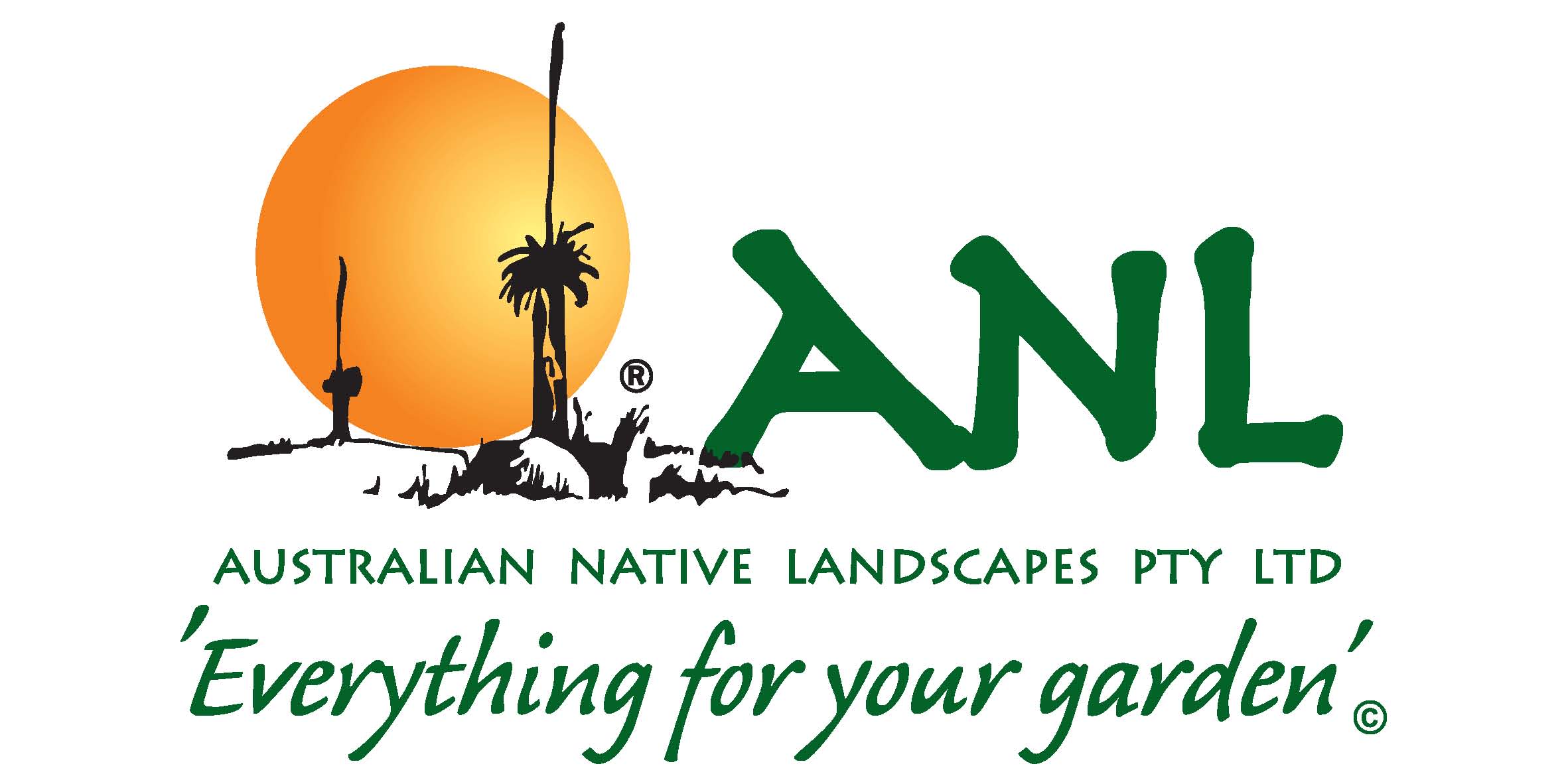
It is important to avoid placing hazardous materials in the Yellow lidded bins to ensure environmental safety and reduce landfill waste. Help protect the environment by educating and spreading the word to your family and friends about avoiding potentially dangerous items in garbage and landfill.
ACCEPTABLE ITEMS FOR RECYCLING IN YELLOW LIDDED BINS INCLUDE:
- All plastic, metal, and carton containers
- Glass bottles and jars from the kitchen, bathroom, and laundry
- Meat trays (without styrofoam)
- Tetra Paks, liquid board containers, and fruit punnets, even without recycling symbols
- Plastic, steel, or aluminium lids if screwed onto the container to prevent loss during recycling
Aerosol cans can be safely recycled if empty and intact. There is no need to remove the plastic spray nozzle. If they are not empty, dispose of them at the next Chemical CleanOut event. CLICK HERE for coming events near you.
To recycle aluminium foil, roll it into a ball the size of a tennis ball to ensure proper recovery for recycling. Before disposing of tin foil, shake off any crumbs or food debris into the trash and rinse it out to remove any other particles.
UNACCEPTABLE ITEMS FOR RECYCLING INCLUDE:
- Plastic bags, polystyrene, ceramics, white glass (like Malibu bottles), flat glass, furniture, or toys
- Soft scrunchable plastics such as bread, rice, pasta bags, and cling wrap
- Small disposable gas canisters, as they pose a risk of explosion
Household Batteries contain harmful substances such as nickel, cadmium, alkalis, mercury, nickel metal hydride and lead acid that can leak into the environment, so please don’t put them in regular garbage, if they go to landfill these might contaminate the land or groundwater. Many still have some charge, and they can spark against other metals and cause fires.
As well as Kimbriki, Drop-off Point 5 – Mixed Waste free of charge, major retailers including Woolworths, ALDI, Bunnings and Officeworks have become drop-off points for household batteries. Householders can look online for their nearest drop-off locations.
Button Cell Batteries that are dumped in landfills or incinerated will leak mercury toxins into water supplies and food chains. They should be recycled and not put in with normal garbage.
Button Batteries are used in a wide variety of everyday items like hearing aids, watches and calculators. Many children’s toys are powered by or use button batteries to produce light or sound effects. In Australia, one child a month is seriously injured after swallowing, or inserting a button battery.
We suggest you put button cell batteries in an ‘out of reach’ child resistant container. These can be recycled at Kimbriki, Drop-off Point 5 – Mixed Waste free of charge.
Lithium-ion batteries and rechargeable batteries which are hazardous and could produce sparks that may start a fire in the trucks or recycling facility. This includes batteries in laptops, mobile phones, power tools and cameras.:
- If possible, remove the battery from the device
- Store batteries in a cool, dry place like a plastic container
- If the batteries are damaged, store them in an insulated plastic bag to prevent short-circuiting
- Do not mix batteries with other recyclables, as they can cause fires due to sparking
- Recycle batteries can be dropped off to Kimbriki, Drop-off Point 5 – Mixed Waste with a maximum of a 2-litre container per visit free of charge.
Lead Acid Batteries – Lead is one of the most recycled materials in the world, however due to the toxic nature of lead and corrosive battery acid, used Lead Acid Batteries are a controlled ‘Hazardous Waste’ and designated ‘Dangerous Good’ in relation to their storage, handling, transportation and recycling. Lead Acid batteries may be disposed of at Kimbriki, Drop-off Point 3 – Household Problem Waste free of charge.
97% of a lead acid battery can be reclaimed through recycling. The lead, plastic and acid components are recovered for reuse.
Globes and Fluorescent Tubes should not be put in your household recycling or garbage bin because they contain toxic substances that are hazardous to the environment.
There are a range of benefits to recycling lighting waste, including protecting the environment from the perilous effects of mercury contaminating the air, soil and waterways. Just one fluoro tube contains enough mercury to pollute 30,000 litres of water beyond a safe level of drinking.
You can recycle globes and fluorescent tubes at Kimbriki, Drop-off Point 3 – Household Problem Waste free of charge with a maximum of 10 items per customer.
Distress flares should not be disposed of in household garbage or recycling bins due to their explosive nature. It is important to safely and legally dispose of expired or used flares to avoid any unintentional or deliberate ignition. The NSW Transport Roads & Maritime Services maintains a collection program for expired marine flares, with mobile collections across NSW.
EPIRB beacons (electronic distress beacons) should also not go in household garbage or recycling bins. Improper disposal may lead to accidental activation, diverting search and rescue resources from genuine emergencies. Contact your local battery store, maritime safety agency, or follow the beacon manufacturer’s instructions for proper disposal options.
Butane aerosol cans or canisters, such as those used for camping, should not be placed in household recycling bins. These containers are highly flammable if any gas remains. Take them to your local household Chemical CleanOut drop-off service.
Fuel containers and unwanted chemical containers should not be placed in household garbage or recycling bins. These items can be harmful to human health and the environment if not disposed of correctly. Safely dispose of them at a Household Chemical CleanOut event CLICK HERE for coming dates and locations, which is free to the community.








